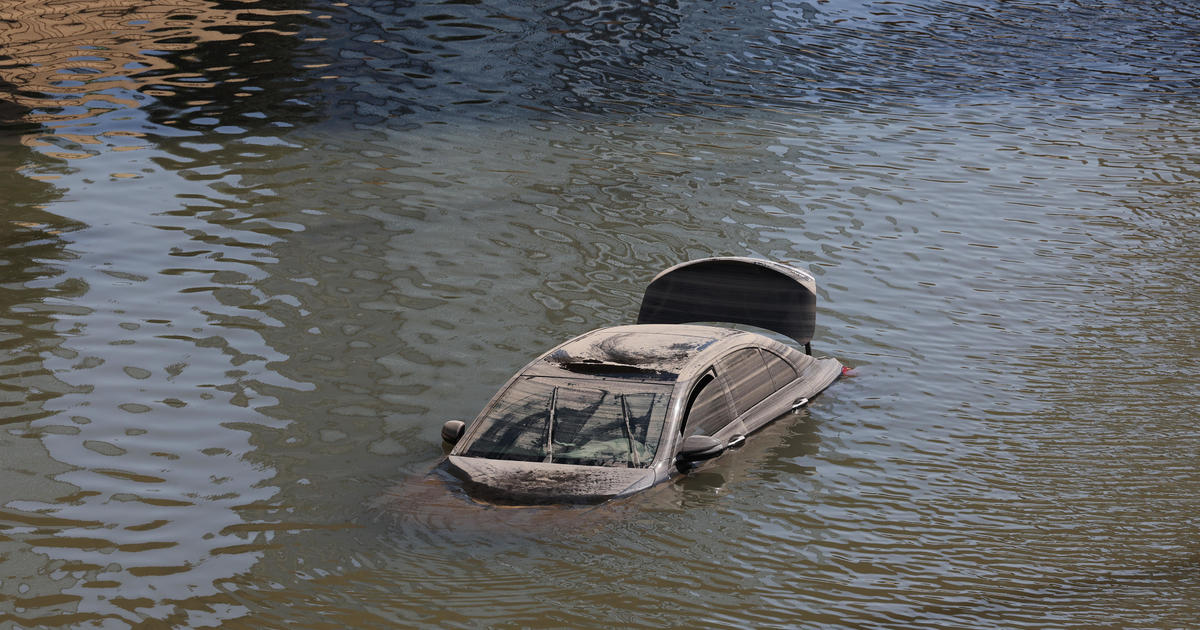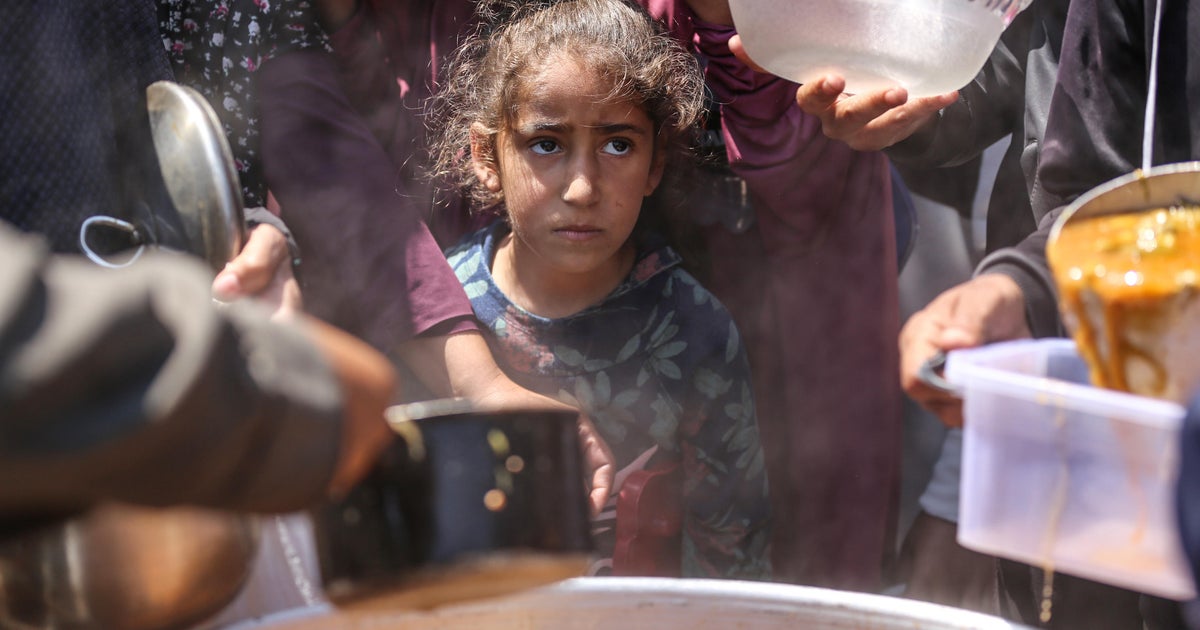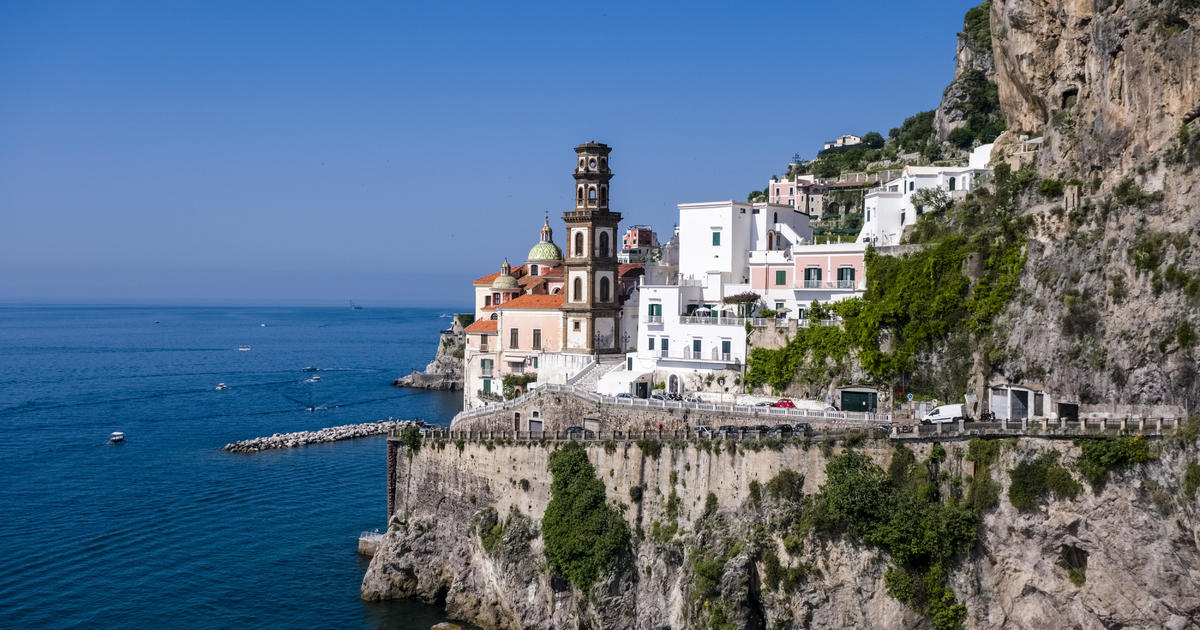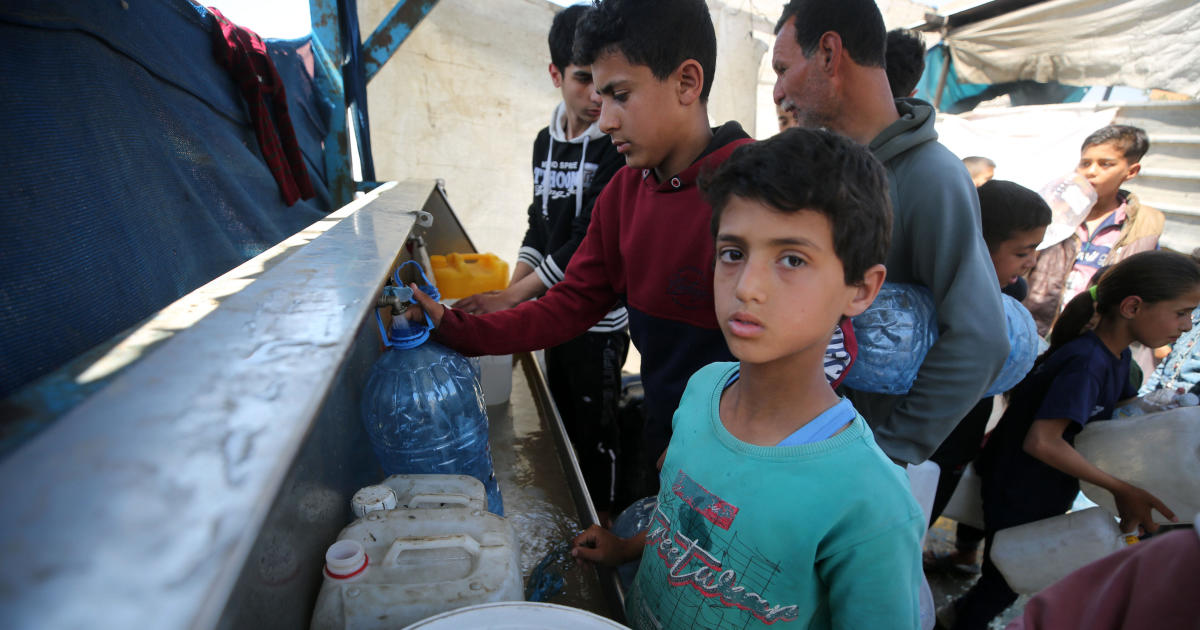Climate change is creating a hungrier, pricier future, UN warns
Climate change is hitting us where it counts: the stomach — not to mention the forests, plants and animals, a new United Nations scientific report finds. Human-caused climate change is already making food more expensive, scarcer and even less nutritious.
But there is hope if people change the way they eat, grow food and manage forests, scientists said. No-till farming techniques could reduce carbon emissions, for instance, while consumers could also help by switching to a plant-based diet and skipping meat, they said.
Thursday's science-laden report examines how global warming and land interact in a vicious cycle. Human-caused climate change is dramatically degrading the land, while the way people use the land is making global warming worse.
"The cycle is accelerating," said NASA climate scientist Cynthia Rosenzweig, a report co-author. "The threat of climate change affecting people's food on their dinner table is increasing."
Earth's land masses, which are only 30% of the globe, are warming twice as fast as the planet as a whole. While heat-trapping gases are causing problems in the atmosphere, the land has been less talked about as part of climate change. A special report, written by more than 100 scientists and unanimously approved by diplomats from nations around the world at a meeting in Geneva, proposed possible fixes and made more dire warnings.
"The way we use land is both part of the problem and also part of the solution," said Valerie Masson-Delmotte, a French climate scientist who co-chairs one of the panel's working groups. "Sustainable land management can help secure a future that is comfortable."
Need for societal change
Scientists in Thursday's press conference emphasized both the seriousness of the problem and the need to make societal changes soon.
"We don't want a message of despair," said science panel official Jim Skea, a professor at Imperial College London. "We want to get across the message that every action makes a difference"
The report said climate change already has worsened land degradation, caused deserts to grow, permafrost to thaw and made forests more vulnerable to drought, fire, pests and disease. That's happened even as much of the globe has gotten greener because of extra carbon dioxide in the air. Climate change has also added to other forces that have reduced the number of species on Earth.
"Climate change is really slamming the land," said World Resources Institute researcher Kelly Levin, who wasn't part of the study but praised it.
And the future could be worse.
"The stability of food supply is projected to decrease as the magnitude and frequency of extreme weather events that disrupt food chains increases," the report said.
Worst case scenario
In the worst case scenario, food security problems change from moderate to high risk with just a few more tenths of a degree of warming from now. They go from high to "very high" risk with just another 1.8 degrees (1 degree Celsius) of warming from now.
Scientists had long thought one of the few benefits of higher levels of carbon dioxide, the major heat-trapping gas, was that it made plants grow more and the world greener, Rosenzweig said. But numerous studies show that the high levels of carbon dioxide reduce protein and nutrients in many crops.
For example, high levels of carbon in the air in experiments show wheat has 6 to 13% less protein, 4 to 7% less zinc and 5 to 8% less iron, she said.
But better farming practices — such as no-till agricultural and better targeted fertilizer application — have the potential to fight global warming too, reducing carbon pollution up to 18% of current emissions levels by 2050, the report said.
Some farmers in the U.S. are already practicing no-till farming, which focuses on an updated version of using cover crops like clover and legume to reduce the tillage of farm soil. Cover crops help fix nitrogen in the soil, and have been used for centuries to add nutrients to farmland.
The approach skips the process of tilling the soil, which can limit the soil's ability to absorb nutrients and water and make it more likely to suffer erosion. It also helps sequester carbon in the soil, because tilling exposes soil carbon to the air, which then transforms it into carbon dioxide.
Reducing red meat
If people change their diets, reducing red meat and increasing plant-based foods, such as fruits, vegetables and seeds, the world can save as much as another 15% of current emissions by mid-century. It would also make people more healthy, Rosenzweig said.
The science panel said they aren't telling people what to eat because that's a personal choice.
Still, Hans-Otto Portner, a panel leader from Germany who said he lost weight and felt better after reducing his meat consumption, told a reporter that if she ate less ribs and more vegetables "that's a good decision and you will help the planet reduce greenhouse gas emissions."
Reducing food waste can fight climate change even more. The report said that between 2010 and 2016 global food waste accounted for 8 to 10% of heat-trapping emissions.
"Currently 25-30% of total food produced is lost or wasted," the report said. Fixing that would free up millions of square miles of land.
Unstable food supplies
With just another 0.9 degrees of warming (0.5 degrees Celsius), which could happen in the next 10 to 30 years, the risk of unstable food supplies, wildfire damage, thawing permafrost and water shortages in dry areas "are projected to be high," the report said.
At another 1.8 degrees of warming from now (1 degree Celsius), which could happen in about 50 years, it said those risks "are projected to be very high."
Most scenarios predict the world's tropical regions will have "unprecedented climatic conditions by the mid to late 20th century," the report noted.
Agriculture and forestry together account for about 23% of the heat-trapping gases that are warming the Earth, slightly less than from cars, trucks, boats and planes. Add in transporting food, energy costs, packaging and that grows to 37%, the report said.
But the land is also a great carbon "sink," which sucks heat-trapping gases out of the air.
Forest loss
From about 2007 to 2016, agriculture and forestry every year put 5.7 billion tons (5.2 billion metric tons) of carbon dioxide into the air, but pulled 12.3 billion tons (11.2 billion metric tons) of it out.
"This additional gift from nature is limited. It's not going to continue forever," said study co-author Luis Verchot , a scientist at the International Center for Tropical Agriculture in Colombia. "If we continue to degrade ecosystems, if we continue to convert natural ecosystems, we continue to deforest and we continued to destroy our soils, we're going to lose this natural subsidy."
Overall land emissions are increasing, especially because of cutting down forests in the Amazon in places such as Brazil, Colombia and Peru, Verchot said.
Recent forest management changes in Brazil "contradicts all the messages that are coming out of the report," Portner said.
Stanford University environmental sciences chief Chris Field, who wasn't part of the report, said the bottom line is "we ought to recognize that we have profound limits on the amount of land available and we have to be careful about how we utilize it."
CBS News' Pamela Falk contributed to this report.



